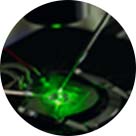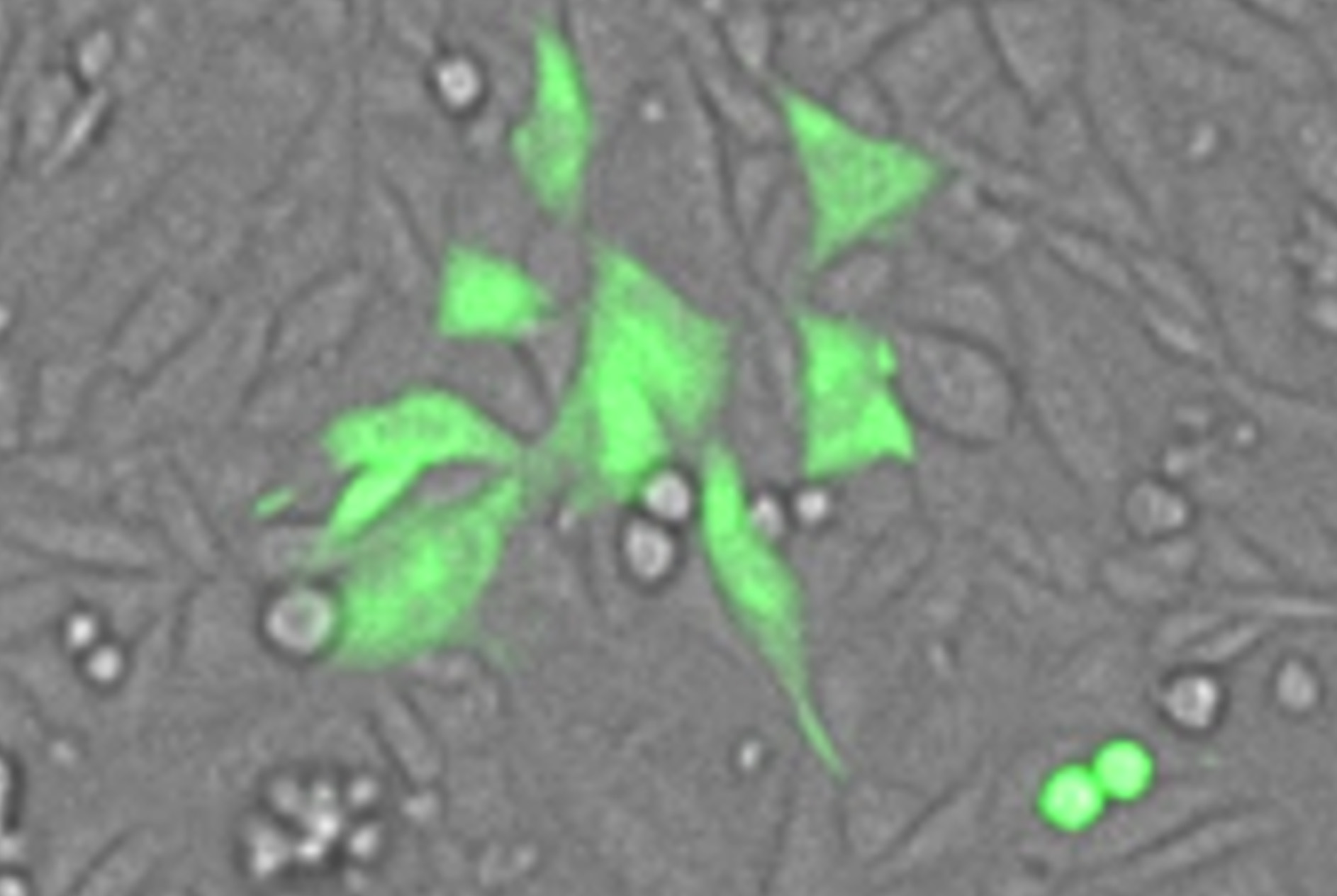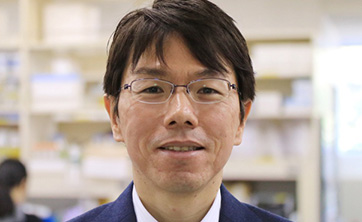We create genetically transplanted cells, which will contribute to useful substance production and medical technology.
Synthetic biology is the study to elucidate the biological principle through artificial cells with DNA synthesis. Pet animals such as dogs and cats, horticultural crops such as orchids, livestock such as mules and chickens, and multiple species of agricultural products such as wheat and fruits are hybrids by crosses of related species. Since ancient times, we have created and used such genomic hybrid organisms. Current technological innovations have also enabled crosses and transfer of genomes other than closely related species. In order to create a frontier area from the modern biotechnology, we will promote departmental research. Our research is conducted with strict awareness of ethical, legal and social issues. With a view to the development of useful substance production technology and medical technology in the future, we will promote the following three research subjects with the aim of establishing a genome transfer technology with sufficient safety measures.

Strategy 1: Plant genome transplantation
There are many modules in the plant genome that are not found in animal genome, such as photosynthetic modules, pigment modules, and metabolic pathway modules that produce medicine materials. By transplanting these plant modules into the animal genome, we aim to impart new functions to animal cells. We call artificially photosynthetic animal cells “planimal cells” (Fig. 1).
Strategy 2: Genome transfer beyond the species barrier
Even close relatives, there is a “species barrier” in genome crossing between organisms. Therefore, we aim to create ascomycete hybrid cells that enable useful substance production by genome engineering and cell fusion.
Strategy 3: Cell creation leading to regenerative medicine
Methods to control cell proliferation and cell metabolism are needed to promote the production of spheroids and organoids. We aim to develop technologies that can be safely applied to medical technology by incorporating a regulatory system with epigenetic and optogenetic techniques.
Through this department, the fields of biology divided into microbiology, botany, zoology and medical science can be fused to make it possible to elucidate the basic principles of life.













